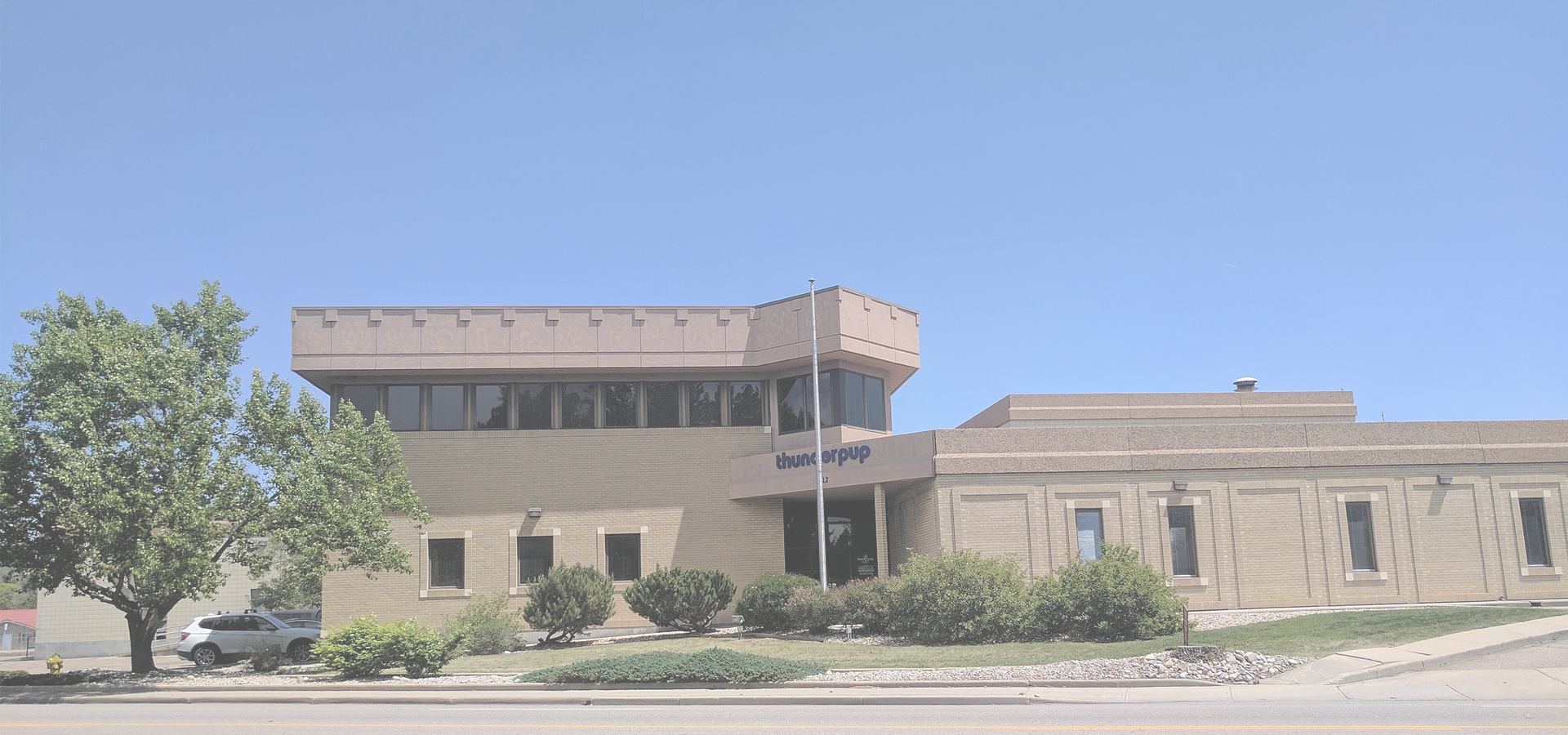Fort Collins, Colorado, United States
🇺🇸 Fort Collins is a home rule municipality that is the county seat and the most populous municipality of Larimer County, Colorado, United States. Fort Collins is the principal city of the Fort Collins, CO Metropolitan Statistical Area and is a major city of the Front Range Urban Corridor. The city is the fourth most populous city in Colorado. Situated on the Cache La Poudre River along the Colorado Front Range, Fort Collins is located 56 mi (90 km) north of the Colorado State Capitol in Denver. Fort Collins is a midsize college town, home to Colorado State University and Front Range Community College's Larimer campus.
Economy Fort Collins' economy has a mix of manufacturing and service-related businesses. Fort Collins manufacturing includes Woodward Governor, Anheuser-Busch, Walker Mowers, and Otterbox. Many high-tech companies have relocated to Fort Collins because of the resources of Colorado State University and its research facilities. Hewlett Packard, Intel, AMD, Broadcom, Beckman Coulter, Microsoft, Rubicon Water and Pelco all have offices in Fort Collins. Other industries include clean energy, bioscience, and agri-tech businesses.
Regional economic development partners include the City of Fort Collins Economic Health Office, Northern Colorado Economic Development Corporation, Small Business Development Center, and Rocky Mountain Innovation Initiative (RMI2).
Retail The city's major shopping mall is The Shops at Foothills.
Sustainability programs FortZED was a zero energy district encompassing the Downtown area of Fort Collins and the main campus of Colorado State University. The district's public-private partnerships employed smart grid and renewable energy technologies to manage the local use and supply of energy. FortZED relied upon energy demand management techniques to encourage use of energy at the most efficient times. Federal, state, and local funding made the project a reality. The U.S. Department of Energy contributed $6.3 million and the Colorado Department of Local Affairs provided $778,000. Locally, private companies and foundations committed nearly $8 million. The program ended in 2017 after a majority of its projects had been completed.
Brewing Fort Collins has over 20 breweries. Notable breweries in the city include Anheuser-Busch, New Belgium Brewing Company, and Odell Brewing Company. The local chamber of commerce estimates that in 2010, the industry generated $309.9 million in output, 2,488 jobs and $141.9 million of local payrolls in Larimer County.
Top Employers According to a recent Financial Report, the top employers are: 1 Colorado State University; 2 Poudre Valley Hospital (UCHealth); 3 Poudre R-1 School District; 4 Larimer County; 5 City of Fort Collins; 6 Woodward, Inc.; 7 Broadcom Inc.; 8 Colorado Department of Agriculture; 9 King Soopers; 10 Otter Products, LLC.
Education Colorado State University heads up the choices in higher education. Front Range Community College also maintains a campus in the city, and grants associate's degrees in arts, science, general studies, and applied science. The college offers 17 high school vocational programs and more than 90 continuing education classes.
The Institute of Business & Medical Careers provides professional training in the business and medical professions. The institute's first campus was established in the city in 1987.
Fort Collins has a range of research institutes. Facilities are maintained by the Centers for Disease Control and Prevention's Division of Vector-Borne Diseases, the Center for Advanced Technology and the Colorado Water Resource Research Institute. Other facilities include the Cooperative Institute for Research in the Atmosphere, the Institute for Scientific Computing, the U.S. Forest Service Experimental Station, the National Center for Genetic Resources Preservation (NCGRP), and the U.S.D.A. Crops Research Laboratory.
Fort Collins, Colorado, United States

Fort Collins has a population of over 170,243 people. Fort Collins also forms part of the wider Fort Collins-Loveland metropolitan area which has a population of over 310,487 people. Fort Collins is the #48 hipster city in the world, with a hipster score of 5.4871 according to the Hipster Index which evaluates and ranks the major cities of the world according to the number of vegan eateries, coffee shops, tattoo studios, vintage boutiques, and record stores. Fort Collins is ranked #218 for startups with a score of 1.803.
To set up a UBI Lab for Fort Collins see: https://www.ubilabnetwork.org Twitter: https://twitter.com/UBILabNetwork
Twin Towns - Sister Cities Fort Collins has links with:
🇪🇸 Alcalá de Henares, Spain🇺🇸 Somerville 40.57
🇺🇸 Staten Island 40.567
🇺🇸 Woodbridge 40.555
🇺🇸 South Jordan 40.55
🇺🇸 Westminster -105.017
🇺🇸 Broomfield -105.012
🇺🇸 Highlands Ranch -104.93
🇲🇽 Compostela -104.9
🇺🇸 Cañon City -105.221
🇲🇽 Puerto Vallarta -105.224
🇲🇽 Valle de Banderas -105.233
🇲🇽 Ciudad Delicias -105.467
🇲🇽 Hidalgo del Parral -105.667
Locations Near: Fort Collins -105.082,40.589
🇺🇸 Greeley -104.698,40.417 d: 37.7
🇺🇸 Longmont -105.1,40.167 d: 47
🇺🇸 Boulder -105.273,40.026 d: 64.7
🇺🇸 Cheyenne -104.817,41.133 d: 64.5
🇺🇸 Broomfield -105.012,39.954 d: 70.9
🇺🇸 Brighton -104.797,39.965 d: 73.5
🇺🇸 Thornton -104.981,39.871 d: 80.4
🇺🇸 Westminster -105.017,39.834 d: 84.2
🇺🇸 Commerce City -104.795,39.883 d: 82.2
Antipodal to: Fort Collins 74.918,-40.589
🇲🇺 Mahébourg 57.7,-20.407 d: 17241.2
🇲🇺 Centre de Flacq 57.718,-20.2 d: 17222.7
🇲🇺 Curepipe 57.517,-20.317 d: 17222.5
🇲🇺 Vacoas-Phoenix 57.493,-20.3 d: 17219.6
🇲🇺 Quatre Bornes 57.479,-20.266 d: 17215.6
🇲🇺 St Pierre 57.517,-20.217 d: 17213.1
🇲🇺 Moka 57.496,-20.219 d: 17212.2
🇲🇺 Beau Bassin-Rose Hill 57.471,-20.235 d: 17212.2
🇲🇺 Beau-Bassin Rose-Hill 57.467,-20.233 d: 17211.9
🇲🇺 Rivière du Rempart 57.633,-20.05 d: 17203.9